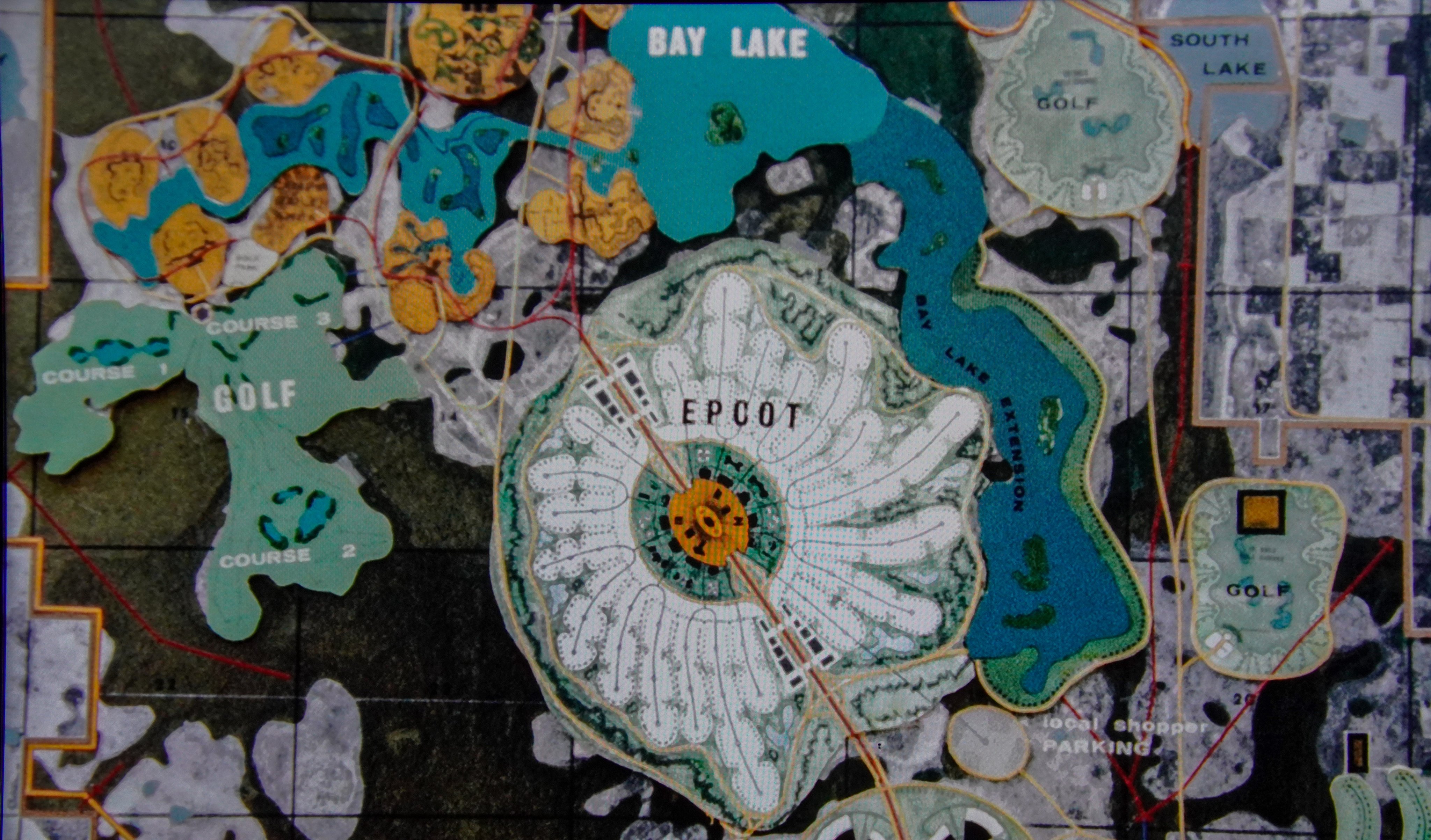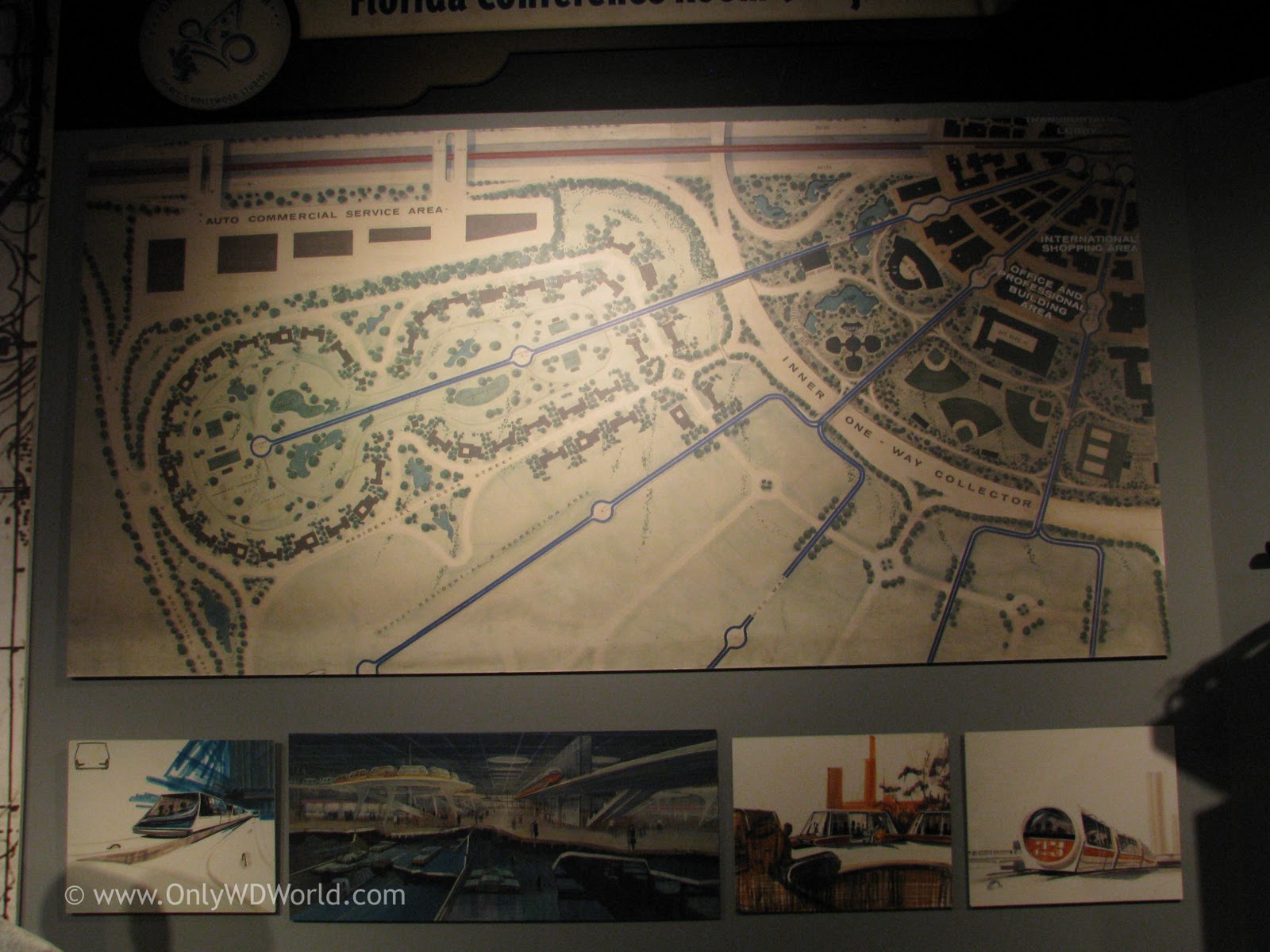View attachment 837539View attachment 837540
The Caucasian Union of Worker's States (CUWS) was a federation of socialist republics under the totalitarian leadership of I. Dz
Hugashvili (spelled it wrong I'm so embarassed). It was formed some months before the defeat of the Soviets in the Russian Civil War.
In 1924, Lenin was deeply ill, and the Union was weakened in the face of the continuous offensives of the Kolchak government in the east. It was common to see small fights among the 1917 staff and the army requisitioning grain from the peasants. Among the problems, the Georgian Dzhugashvili, popular for having defeated and had Alexander Antonov executed, decided to take up arms with his comrades in the Caucasus, proclaiming a socialist republic in his image and by means of his theories, which were distinguishedly denounced by others such as Trotsky, Kamenev, Rykov or Kollontai.
A few months later, the Soviets were defeated and several of their top leaders were executed, exiled, or sentenced. Stalin survived because of the Kolchak government's need to organize and democratize in his historical case. During the little more than a decade that his government lasted, there were purges, massive industrialization, forced collectivization, and various territorial wars.
In 1935, the Kolchak government, with the help of other European powers and Turkey, invaded the country. Although initially unsuccessful, once they reached Stalingrad, the nation was weakened and began to lose on all fronts. Stalin committed suicide in a bunker two weeks before the Treaty of Tambov, where his former domain was annexed by the Russian Republic.
Also, do you prefer 2 bits (left) or 4 bits (right)?



